Human Trafficking from Haiti to Chile
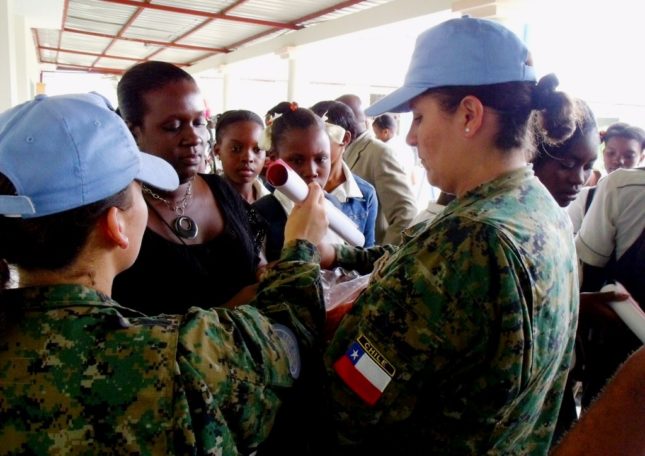
In Chile, as in every other country that has historically embraced slavery, there are numerous racists. It is equally fair to say that, like all countries with a similar history, the fraction of those who are appalled by the persistence of slavery in their lifetimes well exceeds the proportion of racists. And when well-meaning people, who seek to expose what they perceive to be human trafficking, are accused of racism by those who do not understand a situation or want to sow confusion, this is a grave injustice.
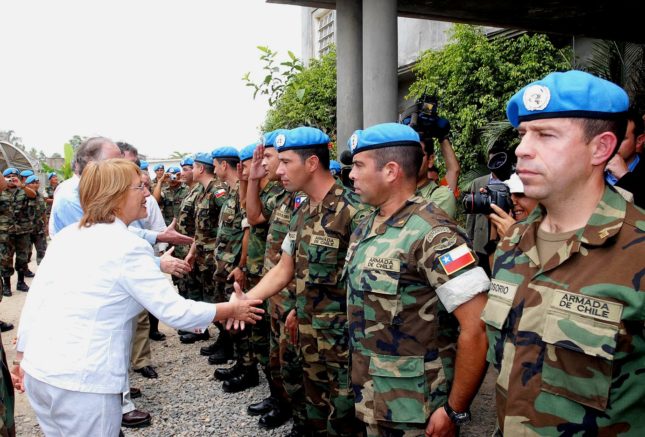
Haiti has been at the forefront of the Chilean news since mid-February, when a video of the nighttime disembarkation of about 140 Haitians, published by Santiago’s RD Herald and disseminated by various other sources, went viral. The video was shot and narrated by an airport employee even as he received messages on his work radio, which were audible. What caught the imagination of many Chileans was not the number of Haitians or their skin color, about which much has been made since, but the details of this curious airport arrival, which many Chileans have interpreted as a case of human trafficking.
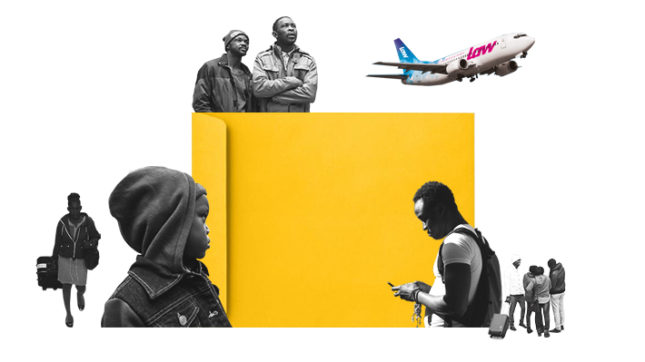 In this video, a large group of Haitians descend single file from a Boeing 737 at Comodoro Arturo Merino Benitez International Airport, also called Santiago International Airport, and are led to four waiting buses as the narrator observes, “This plane just arrived at 21:00 full of Haitian immigrants. They are all stepping down, many with the typical yellow envelope…. It is a charter aircraft. It only carries a license plate, no logo that says which airline it belongs to….” He explains that the Haitians being put on the buses are about to be transported to places where they will be “subjected to heavy work at very low cost. There are between 135 and 145 Haitian passengers doing this; this is every day, all days.”
In this video, a large group of Haitians descend single file from a Boeing 737 at Comodoro Arturo Merino Benitez International Airport, also called Santiago International Airport, and are led to four waiting buses as the narrator observes, “This plane just arrived at 21:00 full of Haitian immigrants. They are all stepping down, many with the typical yellow envelope…. It is a charter aircraft. It only carries a license plate, no logo that says which airline it belongs to….” He explains that the Haitians being put on the buses are about to be transported to places where they will be “subjected to heavy work at very low cost. There are between 135 and 145 Haitian passengers doing this; this is every day, all days.”
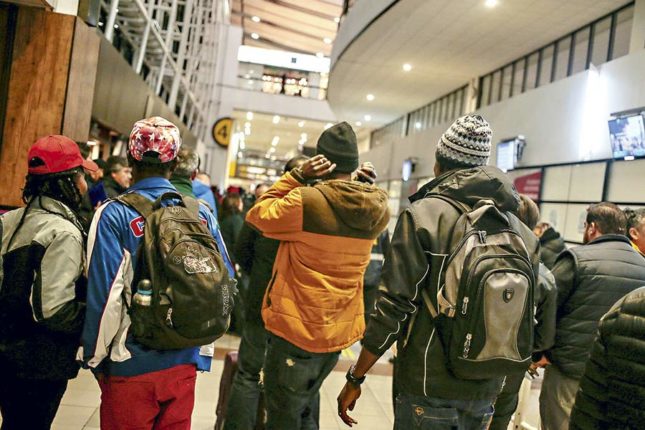
According to official documents, LAW, which was founded in 2016, carried 14,000 Haitians to Chile in the 10 months from January to October 2016 alone! It transported another 55,000 Haitians to Chile in 2017 from Haiti and the Dominican Republic. It had already brought four loads of Haitians to Santiago in 2018. A former executive of the company confided to journalist Gonzalo Cifuentes of BioBioChile that the airline had decided that its “business was no longer vacation, but ethnic.” Since the Haitian passengers were required to buy round-trip tickets to justify their status as tourists, the LAW flights made a profit of about $40,000 each, despite leaving Santiago on every return trip essentially empty.
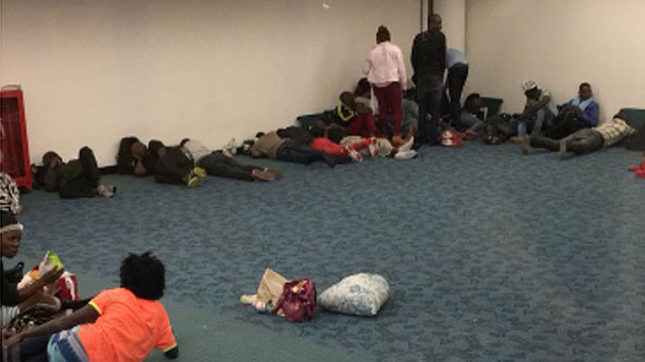
Attempts to rationalize the unmarked planes and yellow envelopes have painted an unintended picture of a human trafficking business on an unprecedented massive scale. Possibly the best explanation has come from Fre Foundation Executive Director, Jose Maria del Pino, who told journalist Consuelo Ferrer Duran of Emol that a series of “travel agencies” have sprouted that specialize in migration. “What comes in the yellow envelope is all the documentation for the trip, plus the cash that is required of any tourist entering the country” who lacks a bank account or credit card, del Pino explained. The planes are unmarked because the agencies hire charter flights. The passengers buy an air package for which payment plus interest are due as remittances after they arrive in Chile. Enforcers in Chile and Haiti make sure the payments get made. “We have information on migrants who have told us directly that their families are being threatened in Port-au-Prince. In exchange for this, they have to pay remittances and the money they have been given to remove the threat that weighs on their families,” del Pino added.

The notoriety of the sobre amarillo affair has forced officers at Santiago International airport to check more closely the documents from supposed Haitian tourists on flights from LAW, ONE, and COPA airlines. LAW flights were suspended for 15 days, starting Tuesday, March 6, 2018; three days later, the airline shut down its operations. According to an article in La Tercera, on Friday, March 2, out of a total of about 230 passengers, entry was denied to 90 passengers from ONE, 62 from LAW, and 17 from COPA, after they were found to carry invalid reservations to the same hotel. The unfortunate migrants were kept in one room from early Friday morning until Tuesday afternoon, March 2-6, without food or a bath, after which they were put on return flights to Port-au-Prince. While it is true that those Haitians were treated more poorly than animals during their 90 hours in the airport terminal room, one must also consider that they were probably spared a worse fate with their traffickers for much longer. Since they had no hotel reservations, where would they have stayed? How would they have been forced to support themselves? What will happen to them and their families in Haiti when they cannot pay their traffickers?
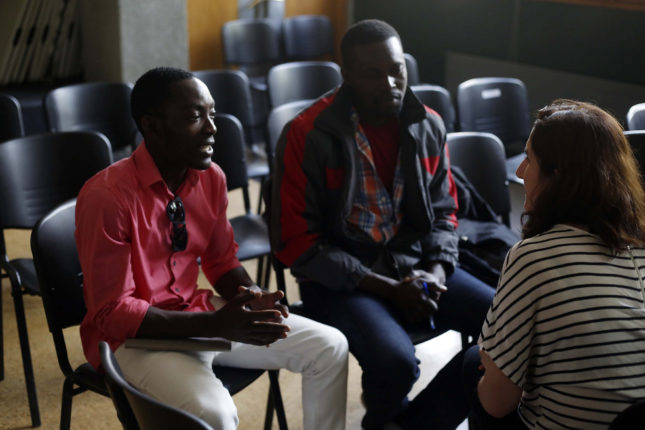
People of Haitian ancestry, and all those who want to punish the sordid practice of human trafficking, would do well to make common cause with the Chileans who are clamoring for an investigation into sobre amarillo. Haitian and Dominican human traffickers have previously been exposed and imprisoned in Chile, but instead of shrinking, the traffic of Haitians has been expanded and formalized. The sobre amarillo affair probably involves highly placed Haitians who want to increase the intake of government remittances as they discard their potentially troublesome population of educated and unemployed young men. An investigation into sobre amarillo might also expose Chilean business owners who order and exploit the cheap Haitian labor, as well as Chilean officials who, for years, have ignored the incongruities in this massive influx of supposed Haitian tourists. These employers and officials are probably racist, but that is a distraction and not the point.

Haitian brothers and sisters: quit jumping out of the frying pan into the fire. As dire as conditions might be in Haiti, it is vastly worse to be enslaved by human traffickers in a country where one does not fluently speak the language and has no citizenship rights or family members. There is no El Dorado. There is nowhere better to go. Nothing to do but cool the frying pan. The time has come to fight in place for your birthright.
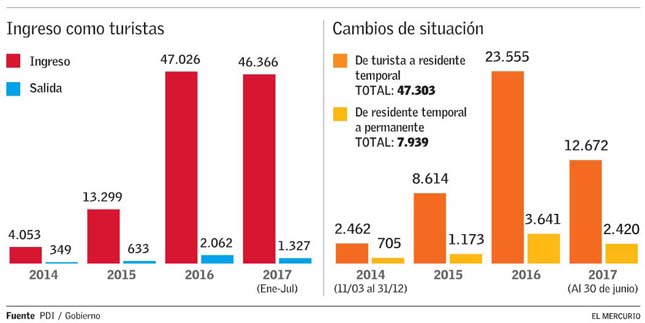
Figures for 2017 here are from January to June or July. The total number of Haitians who migrated to Chile in 2017 was 111,746!
UPDATES
UPDATE #1, April 9, 2018. Chilean President Sebastián Piñera has announced the following set of changes to the country’s immigration policy that will impact Haitians.
Those who are in an irregular situation and entered Chile before April 8, 2018 will have to go through a regularization process, the details of which have not been given.
- Starting April 16, 2018, a Tourist Visa will be issued for a maximum of 30 days. These visas will be for visitors who want to enter Chile briefly for purposes such as recreation, sports or religion, with no intention to immigrate, reside or work.
- Starting April 23, 2018, applications for a Temporary Work Visa will have to be filed at the Chilean Consulate in Haiti. In other words, it will no longer be possible to enter Chile first and then apply in Chile for a Temporary Work Visa.
- Starting July 2, 2018, applications for a Family Reunification Humanitarian Visa may be filed at the Chilean Consulate in Haiti. They are for spouses, civil cohabitants, children who are minors or students up to 24-years old. A yearly maximum of 10,000 such visas will be issued.
Temporary Work Visas or Family Reunification Humanitarian Visas will be for 12 months and renewable once. A legal stay of 24 months in Chile will give eligibility to apply for Permanent Residency.
UPDATE #2, April 17, 2018. Three Haitians, one Peruvian and one Chilean were arrested in Santiago, Chile, after an early-morning raid on their offices. According to BioBioChile, they were arraigned and charged with illicit association for human trafficking. They are alleged to have belonged to a group that has operated in Santiago since 2016 via informal travel agencies. This group is thought to have sold envelopes, each with a round-trip ticket, hotel reservation, and $1,000, so foreigners — mostly Haitians — could justify entry into Chile as tourists. An investigation established that the foreigners had to return the $1,000, find their own accommodations since their hotel reservations were invalid, and work to pay for their travel. So far 48 victims have been identified.
The arrest was carried out by the Investigative Police (PDI) in coordination with the Western Prosecutor’s Office. The Director of the PDI’s Branch on Human Trafficking, Cynthia Contreras Garcés, explained that the group captured Haitian citizens from Port-au-Prince and in Santiago. The Chilean investigators will work to determine how many people entered Chile in this way and do not rule out studying the airlines that transported the Haitians. This investigation might well expose more of the network, which probably includes Chilean businesses and Haitian officials.
Editor’s Notes: Dady Chery is the author of We Have Dared to Be Free. Photograph one from the archive of Ejercito de Chile; photograph two from the archive of Fundacion de Dialoga; composite three by José Manuel Vilches of Emol; video from RD Herald via YouTube; photograph four by Juan Farias of La Tercera; photograph five from Emol; photographs six and eight by Alberto Diaz; and photograph seven from the archive of FILSA 2017.
Related Articles













You must be logged in to post a comment Login